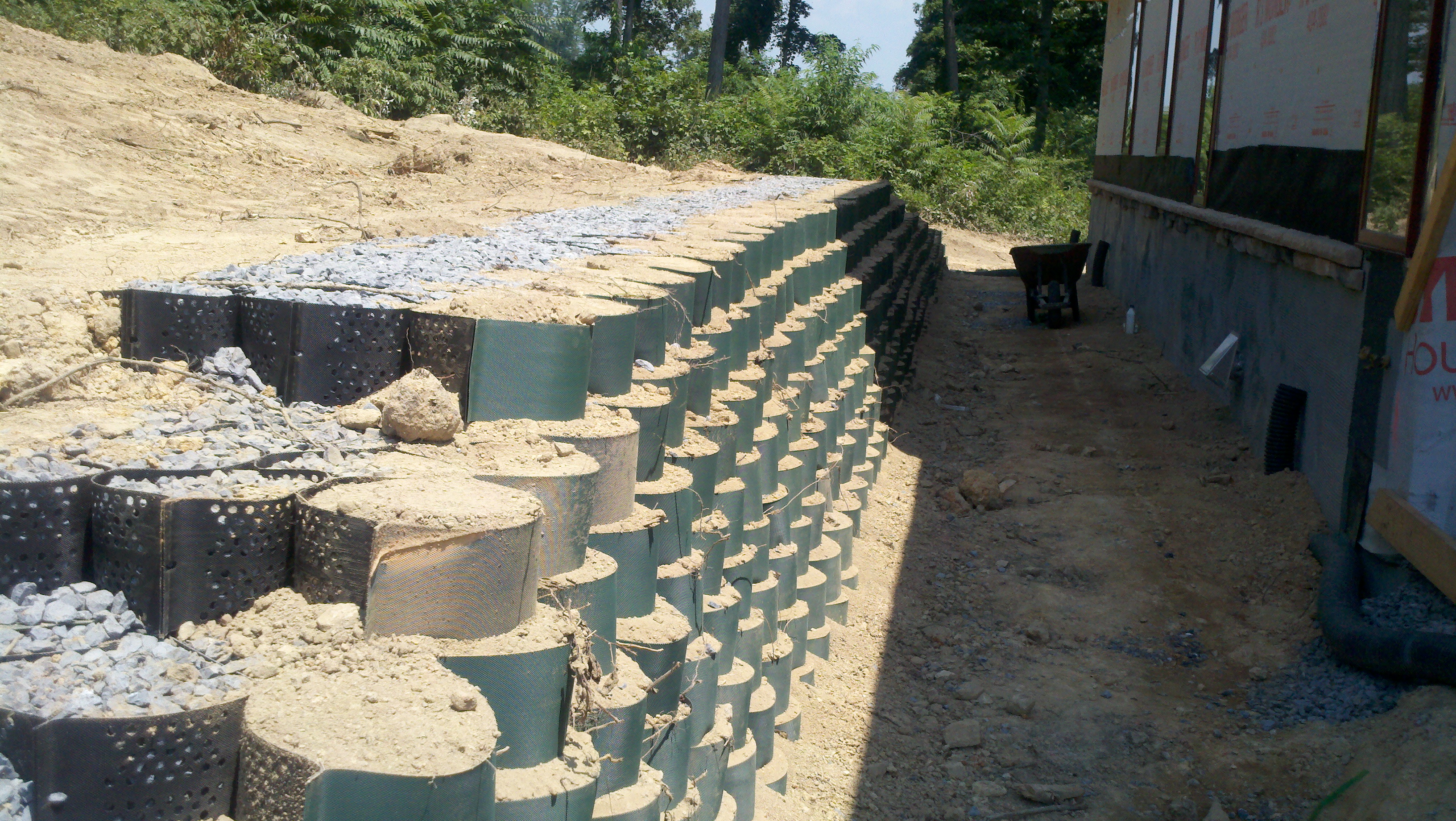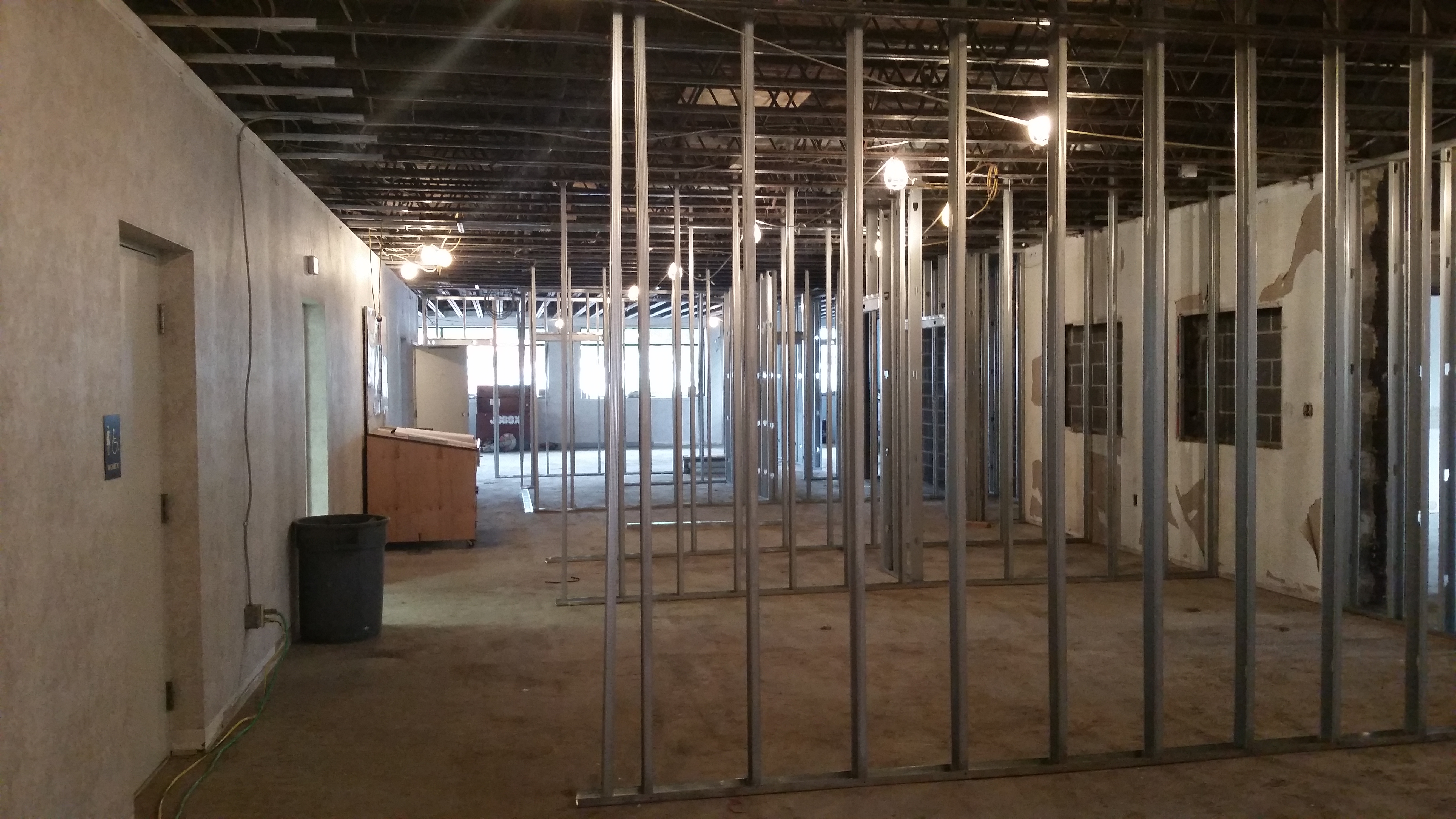Recycling is the universal sign of “going green.” It is a process that takes a waste material and converts it to a new product, thus reducing the consumption of raw materials, potentially reducing energy usage, and diverts materials from a landfill. Recycling is not only a great way to save our planet but a spectacular way to save money.
Recycled materials include wood, glass, metal, paper, plastic, electronics, and even fly ash. These materials used in a new product are counted as “Recycled Content.” There are two types of recycled content: “Pre-Consumer” and “Post-Consumer.”
Recycling should not be confused with composting, which is a great way to further reduce the amount of trash going to a landfill. To learn more about composting click HERE.
Pre-Consumer materials are generated by manufacturers and processors, and may consist of scrap, trimmings, and other by-products that were never used in the consumer market.
Post-Consumer material is an end product that has completed its life cycle as a consumer item and would otherwise have been disposed of as a solid waste. Post Consumer materials indicates the product was made with these materials that were recycled by residents and other businesses. Post consumer materials can introduce contaminants into the stream of products which makes recycled material harder to manufacture than pre-consumer or virgin raw materials. Additionally, items like paper and plastic have raw materials that degrade in quality each time it is recycled.
Recycling has become more of a challenge over the last few years with global supply chain changes. While the total amounts of products being recycled continue to grow, it is harder to find a place to send everything, for example, #3-#7 plastic, and manilla envelopes with interior plastic cushions cannot currently be recycled in Harrisonburg. On the other hand, more products are now readily available that are made from recycled content materials, such as plastic lumber for park benches, picnic tables, and lawn furniture. Newspapers are commonly recycled into building insulation, construction paper, and even countertops. So as you are thinking about whether to throw it away or recycle it, think about how that small decision, multiplied over a year’s worth of trash, can impact our future.






